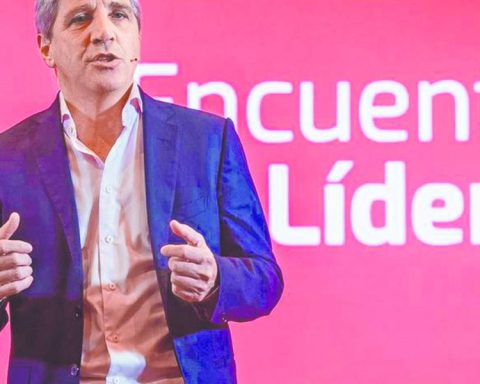The fundamental object of crowdfunding is to raise capital through social networks. Raising capital is something that already happened with some frequency in different areas of our lives. Historical examples of crowdfunding include tandas, collections for charity, microfinance, among others. However, recent advances in Information and Communication Technologies (ICT) have developed and professionalized what we know today as crowdfunding through wide-ranging, open and online access.
However, the mechanism faces a series of challenges that must be overcome before it can be installed in any community as a form of fundraising. Trust represents the greatest of all challenges, especially when we talk about platforms operating in emerging economies like Mexico.
Although great progress has been made, many people still prefer to pay through traditional methods, that is, deliver the money directly or deposit it in a bank account by going to their bank branch. Part of this distrust has been reduced with the generation of a code that allows those who are contributing to go to a convenience store or a financial institution to deposit the contribution.
In these times of excess information we assume that everything is written. The reality is that there are stories, narratives, processes, practices, experiences, that remain in the air, in the heads of a few or in the inkwell. In “Make it happen with crowdfunding: Donations and Rewards System” we put into words, and so that they can be read, the mechanisms under which the collection of resources is achieved; the social conscience of the team behind each platform; scope and reasons. We interviewed those who have these stories in mind, so that everyone knows the essence of the noblest models of crowdfunding.
Branded Content is the commercial content unit of El Economista that gives value to brands with content that is worth reading.












